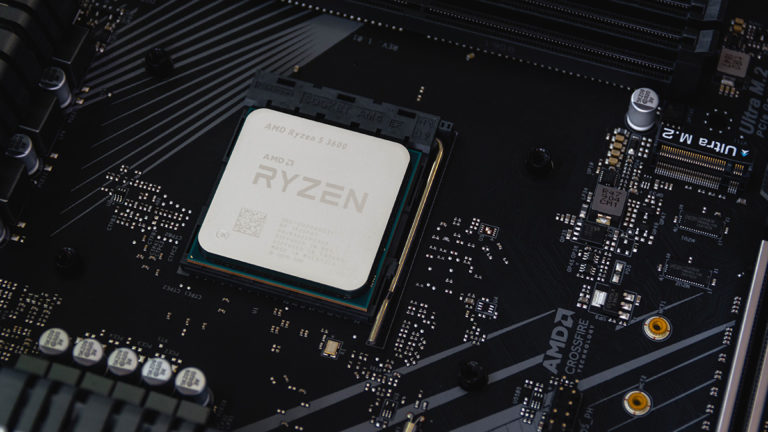I’ve been wanting to build a new PC for a while. My current PC was originally built back in 2012, and upgraded in 2018. There’s still a lot of life left in this PC, so it will definitely be repurposed. However, for desktop use, it has fallen short in being unable to run a few modern applications (ok, also games) that I’ve been interested in, namely: DaVinci Resolve, the 2020 version of Microsoft Flight Simulator, and Call of Duty: Warzone. Spending a lot more time at home due to the pandemic also drove my decision to upgrade the PC. But Continue Reading
computer
VMWare ESXi 5 Whitebox
I have 2 old computers (Pentium III and Celeron computers circa early 2000’s) that I currently use as servers for file storage, backups, and testing. I thought it was about time to consolidate these servers I had, up the performance, and set up a flexible test environment for my coding endeavours. VMWare’s free ESXi hypervisor piqued my interests earlier last year. It’s comparable to XenServer but apparently has better support for Windows virtual machines. Being a bare-metal hypervisor, it should give better performance than a usual virtual machine sitting on top of a full-blown operating system. So I set my Continue Reading
Trying to crack DeepFreeze
This is an anecdote from when I was in elementary school and takes place around 1999-2000. Windows computers were just being installed in the classrooms. The mechanism that locked down the computers initially was system policies. You could screw around with a limited number of settings and applications on the system, but a lot of stuff was restricted. However, one day in the school library, a new computer didn’t have such restrictions in place. Our 7th grade teacher (resident IT technician) had just finished setting up DeepFreeze on it, and challenged my friends and I to try to break it. Continue Reading

